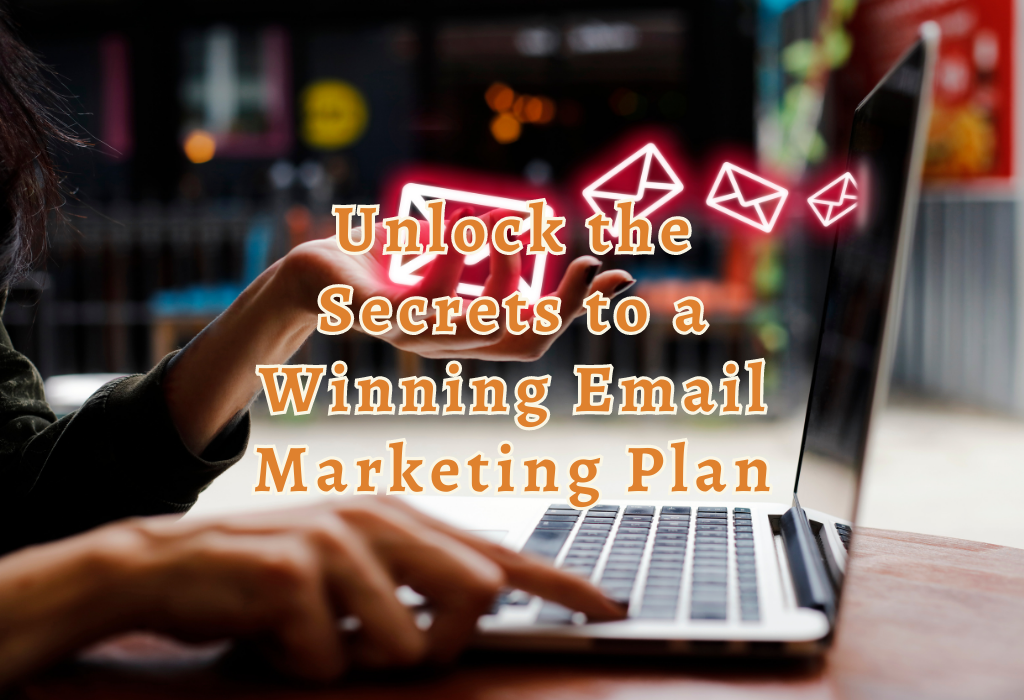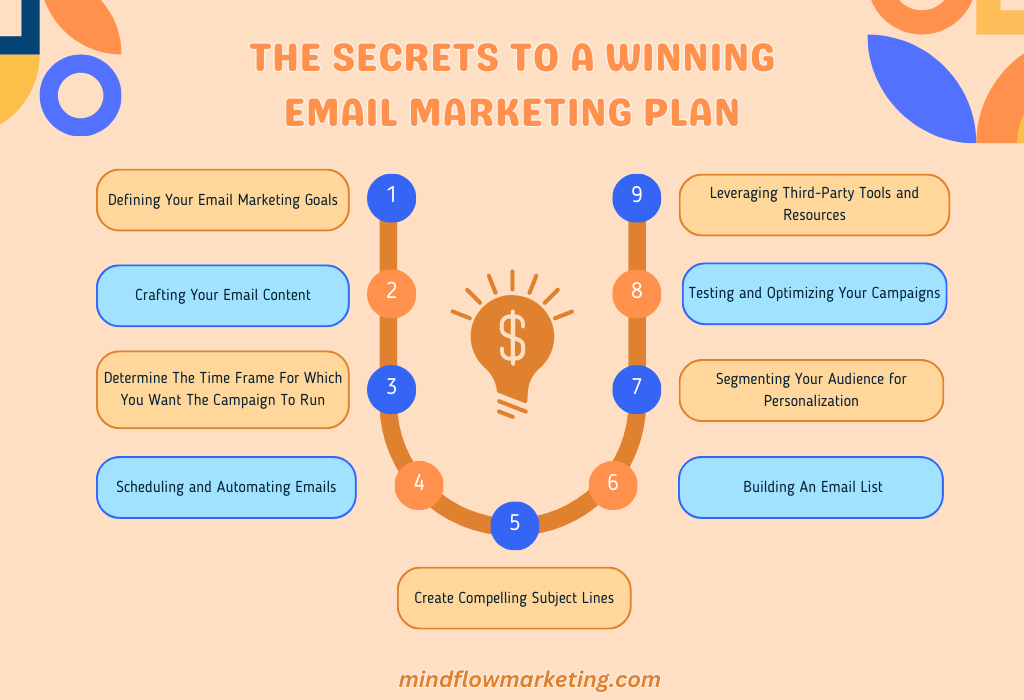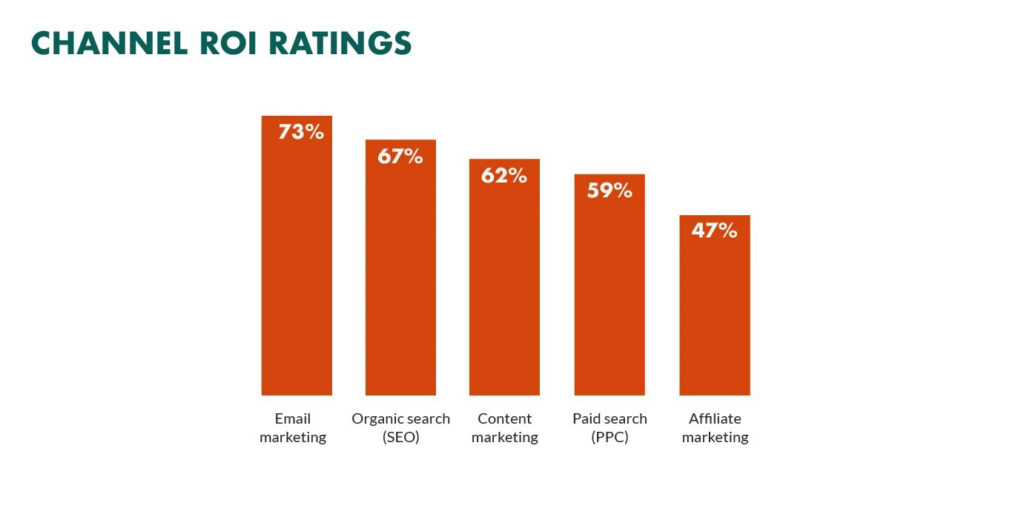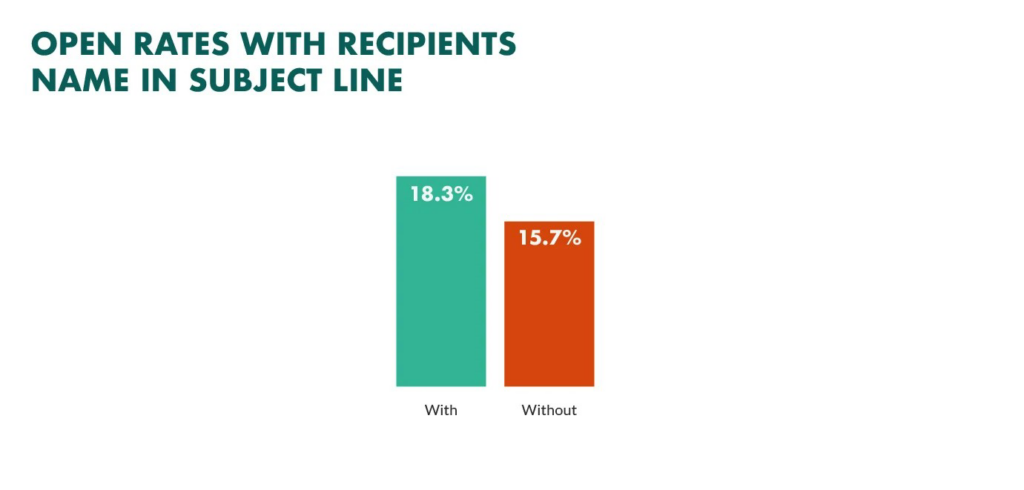To stand out from the competition, you must create an effective email marketing plan that includes setting goals, crafting content, scheduling emails strategically, building a targeted list of subscribers, segmenting audiences, and optimizing campaigns through testing.
With the right strategy and tools, maximizing engagement with your customers and boosting sales is possible. To get started, you’ll need to define goals for success, craft compelling content, schedule emails strategically, build a targeted list of subscribers, segment audiences for personalization purposes, and optimize campaigns through testing.
Leveraging third-party resources can also be beneficial in making sure everything runs smoothly. Let’s explore these key elements of creating an impactful email marketing plan.

More Resources :
Pros and Cons of Email Marketing
Pros of Email Marketing
One of the biggest advantages of email marketing is that it’s cost-effective. Compared to other forms of advertising, such as direct mail or television ads, email campaigns are much cheaper and easier to execute.
With an email list, you can reach more people than ever—even those who don’t follow your social media accounts or visit your website regularly. This means that even if someone doesn’t have a large following on their channels, they can still benefit from the power of email marketing by reaching out to potential customers directly through their inboxes.
According to a survey, 78% of event creators found email marketing to be the most effective tool, and those tracking where sales came from attributed 45% of ticket sales to marketing.
Email marketing allows you to personalize messages based on individual preferences and interests—something that traditional methods like print advertising cannot do at scale without incurring additional costs and effort each time something needs to be changed or updated in the message itself.
By segmenting audiences into different lists according to demographics or purchase history, marketers can tailor emails for maximum engagement and conversion rates across all segments targeted within an overall campaign strategy.
Email marketing is still as effective as it has always been, with an incredible ROI of $38 for every $1 spent, for a 3,800% ROI.
Because emails are sent directly into users’ inboxes rather than being shared publicly via social media posts (which often require paid promotion), they tend to generate higher returns on investment (ROI) when compared with other digital marketing strategies such as display ads or search engine optimization (SEO).
Cons of Email Marketing
Unfortunately, one major downside associated with sending out too many emails is that some may get caught in spam filters which could potentially damage the sender’s reputation over time, leading recipients not to receive any future messages from said sender due blacklisting them from certain providers altogether.
Another con associated with using this digital communication tool is that creating effective campaigns takes considerable time.
A lot is involved in crafting engaging subject lines, selecting appropriate visuals, writing compelling copy, setting up automation sequences, etc., so these efforts are well-spent.
Lastly, privacy concerns should also be considered when dealing with emails, as some countries have strict regulations regarding data collection, storage, and usage, which must be followed.
Otherwise, penalties can be imposed upon violators ranging from fines to jail sentences depending on the severity of the case violation committed against the law set forth by the respective government body overseeing matters related to online security safety and user information protection rights.
The Secrets To A Winning Email Marketing Plan
The top secrets to a winning email marketing plan are listed below.

#1. Defining Your Email Marketing Goals
Email marketing is a powerful tool that can help businesses reach their goals, but setting realistic expectations and plans is important. Defining objectives for email marketing is key to maximizing the efficiency of your efforts and ensuring that you meet desired outcomes.
When setting SMART goals for your email marketing strategy, start by being specific about your goal. Pose queries like “How many subscribers should I target?” or “What action do I desire my recipients to take?” When you have a vision of success, form trackable goals with precise cut-off dates so that you can follow your progress in achieving them.
Knowing who they are and what they will help inform each message’s content and ensure it resonates with its intended recipients. Think about such components as age group, gender identity, location, hobbies, or activities when forming individualized emails to address their needs.
establish a budget for any necessary tools or services to run successful campaigns (e-mail service providers etc.). This will help keep costs under control while ensuring quality results from every campaign sent out; no one wants their efforts wasted on ineffective emails.
#2. Crafting Your Email Content
When crafting your email content, it is important to consider the three key elements:
Writing engaging copy is critical for successful email campaigns. Use compelling language that speaks directly to your target audience to capture attention and ensure readers take action. Include keywords related to the topic of your message to improve deliverability rates and avoid being flagged as spam.
Designing eye-catching templates helps make emails stand out and draw attention from potential customers or subscribers. Incorporate brand colors into template designs to create a consistent look across all messages your business sends.
Use visuals such as images, GIFs, or videos whenever possible – these are often more memorable than plain text alone and can help boost engagement with subscribers’ inboxes full of competing messages vying for their attention.
Utilize A/B testing techniques when creating different versions of templates so you can determine which works best with audiences based on metrics like open rate, click-through rate (CTR), etc.
Optimize emails for mobile devices since most people check their emails via smartphones today rather than desktop computers. Ensure fonts are legible even when viewed on smaller screens; try using larger font sizes if necessary, and avoid using too much-bolded text, which may appear distorted when scaled down due to limited screen space available on phones compared to desktops/laptops.
Additionally, design buttons large enough that they’re easy to press without accidentally clicking other links nearby – this will help increase click-through rates from mobile users who have less precision accuracy than those accessing emails from larger devices.
#3. Determine The Time Frame For Which You Want The Campaign To Run
You could be running a seasonal campaign that requires only one or two emails or developing a long-term top-of-mind nurturing campaign. The length of your email sequence should be tailored to the size of the buying cycle and the stage the persona is at in the buyer’s journey. In other words, deliver the appropriate message at the proper time.
#4. Scheduling and Automating Emails
Scheduling and automating emails are essential to any successful email marketing strategy. Optimizing the timing of emails is key to ensuring maximum engagement and conversion rates. Figuring out the ideal email timing can be difficult, but with some investigation and testing, you can find a plan that suits your business.
Start by looking at industry benchmarks to understand when most customers will likely open their emails. Then, use A/B testing to refine your timing based on actual performance data from past campaigns.
Once you’ve determined a good send schedule, automation tools can help take it one step further by sending personalized messages at exactly the right moment in each customer’s journey. You can set up automated triggers based on customer behavior such as signing up for a newsletter or making a purchase – allowing you to deliver timely follow-up messages without having to manually manage every interaction yourself.
Automation also allows you to easily segment customers into different groups so that they receive more relevant content tailored specifically for them.
Finally, tracking analytics is key to understanding how well your automated emails perform over time and making adjustments where necessary. With detailed reporting features such as open rate tracking and click-through analysis, you can gain valuable insights into what content resonates with your audience and make changes accordingly, helping to boost engagement even further down the line.
#5. Create Compelling Subject Lines
The email subject line serves as the gatekeeper for the remainder of your email. Unless your buyer persona clicks the subject line, they will not be exposed to your content. With that in mind, use this valuable real estate for a copy that entices them to read on. You can do so by:
#6. Building An Email List
Constructing an email list is a necessary part of any successful e-marketing plan. Growing your subscriber list organically can help you reach more people and create a larger audience for your messages.
To grow your subscriber list organically, create content that will appeal to the target audience and encourage them to sign up for your emails. Produce material pertinent to the subject, such as blogs, videos, podcasts, webinars, infographics, or other types of content to attract your target audience and motivate them to join up for emails.
Additionally, consider offering incentives such as discounts or freebies in exchange for signing up for emails from you. Incorporate a checkbox option on your website so visitors can quickly sign up for your notifications.
Social media can be an invaluable tool for expanding your subscriber list. Utilize Facebook Ads or Twitter Cards to link back to a landing page where users can opt-in for your emails. Incorporate compelling visuals whenever possible, as they draw more attention than plain text alone.
You may also want to consider running contests and giveaways that require participants’ contact information to enter; this gives them access while simultaneously providing valuable data about their interests, which can then be leveraged when crafting targeted campaigns tailored towards each user segment’s needs based on past interactions with the brand through email communications sent out over time.
#7. Segmenting Your Audience for Personalization
Segmenting your audience for personalization is a key part of any successful email marketing campaign. Personalization in emails is more than mentioning subscribers’ names in the subject lines and the body.
The first step in this process is to analyze user data and create segments based on common characteristics such as demographics, location, interests, or purchase history. This can enable you to send individualized communications that address the desires and requirements of specific groups.
For example, suppose you have a clothing store targeting young women in California. In that case, you could create a segment specifically for them by filtering out users who don’t fit into that demographic profile.
Once you have identified your target segments, it’s time to craft personalized content that speaks directly to their interests and needs. This could include product recommendations based on past purchases or discounts tailored toward certain locations or demographics.
You can also use NLP (Natural Language Processing) techniques such as sentiment analysis or keyword extraction to tailor emails more accurately according to customer preferences.
Additionally, A/B testing different email versions can help identify which elements resonate best with each segment so that future campaigns are even more effective at driving conversions.
According to research, personalization can generate a $20 return on investment for every $1 invested.
Finally, leveraging third-party tools and resources can be invaluable when creating targeted campaigns for each segmented audience group. Marketers can gain insight into customer behavior by utilizing third-party analytics and crafting personalized messaging strategies to reach their target audiences on multiple channels.
#8. Testing and Optimizing Your Campaigns
Verifying and refining your email initiatives is imperative to ensure that you deliver the most advantageous outcomes. A/B testing different variables, such as subject lines, content length, and visuals, can help you determine which elements of your emails resonate with your target audience.
Tracking metrics like open rates, click-throughs, and unsubscribes will give you understanding of how successful each campaign has been. By analyzing the results, you can tailor upcoming efforts to focus on what resonates most with your target audience.
For example, if one version of a campaign outperforms another regarding open rate or click-throughs, it would be beneficial to use similar tactics for subsequent emails. Divide your list into smaller segments to personalize messages and thus foster more meaningful connections with customers. By doing this, you can increase engagement levels and build better relationships with customers over time.
#9. Leveraging Third-Party Tools and Resources
Utilizing external tools and materials can be a great way to maximize the effectiveness of your email marketing initiatives. Optimizing email campaigns necessitates the selection of a suitable platform that offers the necessary features, integrations, and support.
When selecting an email platform, it’s important to consider factors such as scalability, pricing plans, customer service options, analytics capabilities, segmentation tools, and automation capabilities.
Integrating with other applications is also key in creating an efficient workflow for managing your emails. Integrations enable the automation of activities, like accumulating data from various sources or sending out programmed emails based on user action.
Integrations with popular services such as CRMs, social media networks, payment processors, analytics programs, and CMSs can enable automated tasks like data collection or behavior-triggered emails.
FAQs About Email Marketing Plan
Conclusion
Creating an effective email marketing plan requires careful consideration of your goals, audience segmentation, content creation, and automation. It is essential to utilize external services and assets to optimize the outcomes of your initiatives.
By taking a strategic approach with testing and optimization, you can ensure that every aspect of your email marketing plan works together for maximum efficiency. With this comprehensive strategy in place, you will be able to reach more customers than ever before.
Take control of your email campaigns with mindflowmarketing‘s comprehensive tools, guides, and resources. Utilize our design analysis and deliverability testing to ensure maximum success for your business!

